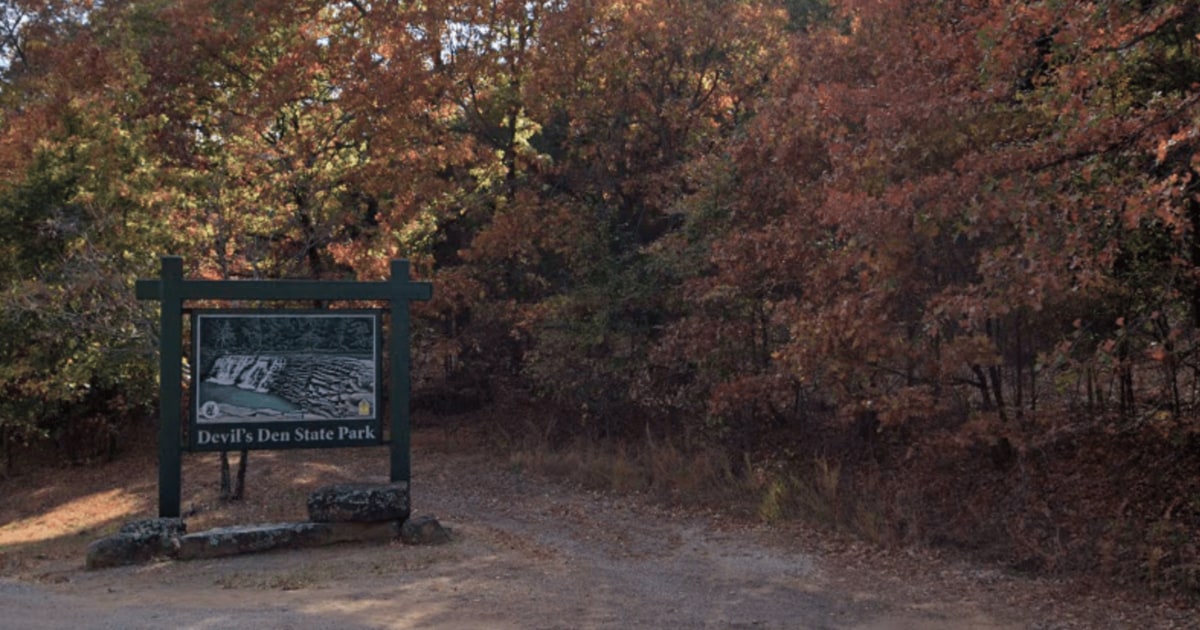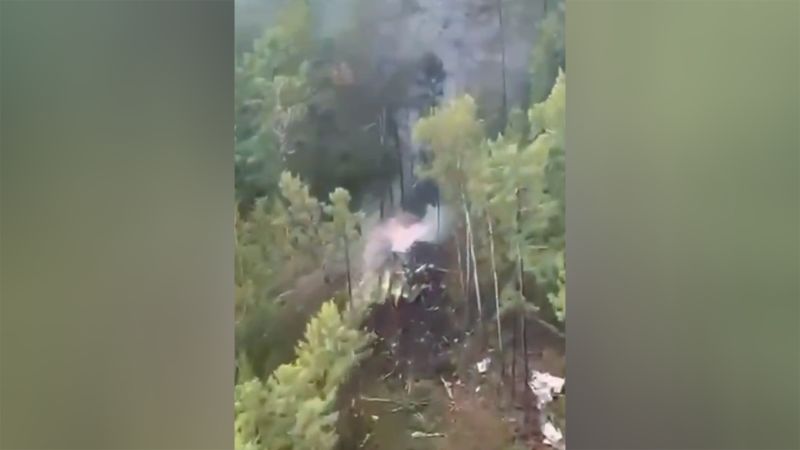Couple Found Dead at Devil's Den State Park
Introduction
On Saturday, a couple was found dead at Devil's Den State Park in Arkansas after being attacked while on a wooded walking trail with their two young daughters. The victims were identified as Clinton David Brink and Cristen Amanda Brink. Police are now on the search for a suspect in this tragic incident.
Key Details
According to state police, the couple's bodies were discovered by a park ranger on the trail. It is believed that the attack occurred around midday, and authorities are working to determine the exact cause of death. The couple's two young daughters, who were with them at the time, were unharmed and are now in the care of family members.
The Devil's Den State Park, located in northwest Arkansas, is a popular destination for outdoor enthusiasts with its beautiful natural scenery and various hiking trails. However, this incident serves as a reminder that even the most peaceful places can be the site of a tragic event.
Impact
The deaths of the Brinks have left the community in shock and mourning. Local authorities and park officials are urging visitors to be cautious and report any suspicious activity in the area. The suspect is still at large, and the investigation is ongoing. This incident highlights the importance of safety precautions and vigilance when exploring the great outdoors.
About the Organizations Mentioned
Arkansas State Police
The **Arkansas State Police (ASP)** is the primary statewide law enforcement agency in Arkansas, operating under the Arkansas Department of Public Safety. Established on March 19, 1935, by the Chrip-Carter bill (Act 120), it was created to enforce motor vehicle, traffic, and criminal laws across the state[1][2][3]. Initially formed as a group of thirteen "Rangers" tasked with enforcing liquor and traffic laws, the agency evolved into what is now known as the State Police Troopers, recognized by their distinctive uniforms featuring wide-brimmed campaign hats[1][5]. ASP's historical roots trace back to the 1929 Arkansas Road Patrol, which was formed in response to rising traffic fatalities and the need for centralized highway law enforcement. The formal establishment of ASP in 1935 marked a significant step in providing statewide law enforcement authority, although early laws limited their criminal investigative powers to cases referred by local authorities to respect local jurisdiction concerns[3][7]. Over time, ASP expanded its duties to include comprehensive criminal investigations, traffic safety enforcement, and specialized investigations such as crimes against children[2][3][7]. The agency is organized with a headquarters in Little Rock and is divided into twelve regional highway patrol troops and six criminal investigation companies, each led by officers of captain or lieutenant rank respectively[3]. Governed by the Arkansas State Police Commission—seven members appointed by the governor—the ASP maintains oversight and strategic direction[2]. Key achievements of the Arkansas State Police include establishing a respected statewide law enforcement presence that supports local agencies, improving traffic safety, and advancing criminal investigations with modern techniques and technology. The ASP Foundation further supports the agency by funding training and resources to enhance community safety[6]. Today, the Arkansas State Police continue to serve as a critical public safety institution, blending tradition with modern law enforcement practices to protect Arkansas's citizens effectively[1][2][3][6]. Their iconic trooper identity and statewide authority make them a notable example
Devil's Den State Park
## Overview Devil’s Den State Park is a 2,200-acre state park located in Washington County, Arkansas, nestled in the Lee Creek Valley of the Boston Mountains, which form the southwestern edge of the Ozarks[1][4]. Established on October 13, 1933, it stands as one of the best-preserved Civilian Conservation Corps (CCC) park developments in the United States, recognized for its rustic-style wood and stone structures that seamlessly blend with the surrounding natural beauty[1][2]. The park’s amenities—ranging from cabins and campgrounds to a café and swimming pool—are complemented by over 60 miles of trails for hiking, mountain biking, and horseback riding, as well as unique geological features such as caves, crevices, and bluff overlooks[1][3]. ## History and Development Devil’s Den’s origins trace back to the Great Depression, when the federal government acquired the land from families unable to pay property taxes[1]. The CCC, established by President Franklin D. Roosevelt, began developing the park immediately, constructing roads, trails, a stone dam on Lee Creek (forming the 8-acre Lake Devil), and the park’s iconic cabins and facilities, many of which remain in use today[1][2]. The park’s development continued until the CCC disbanded in 1942, leaving a legacy of craftsmanship and conservation that endures[1]. ## Key Achievements and Notable Features Devil’s Den is renowned for housing the largest sandstone crevice cave area in the country, though most caves are now gated to protect bat populations from White Nose Syndrome[1][3]. The park’s trails, including the challenging 15-mile Butterfield Trail, attract outdoor enthusiasts year-round[3][5]. It is also a designated Natural Area by the Arkansas Natural Heritage Commission, underscoring its ecological significance[1]. The park’s dam, completed in 1937









